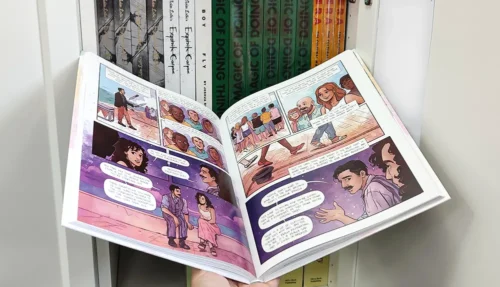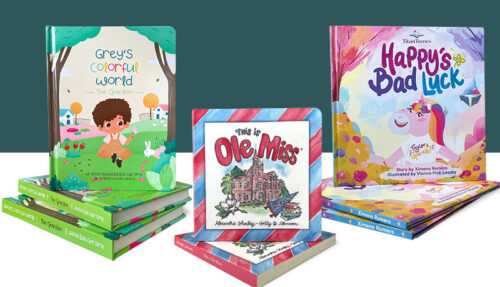Many people think that self-publishing is a recent phenomenon, but it has always been a choice that professional authors have made. Here, we look at seven famous authors writing in English, past and present, who self-published their first book.
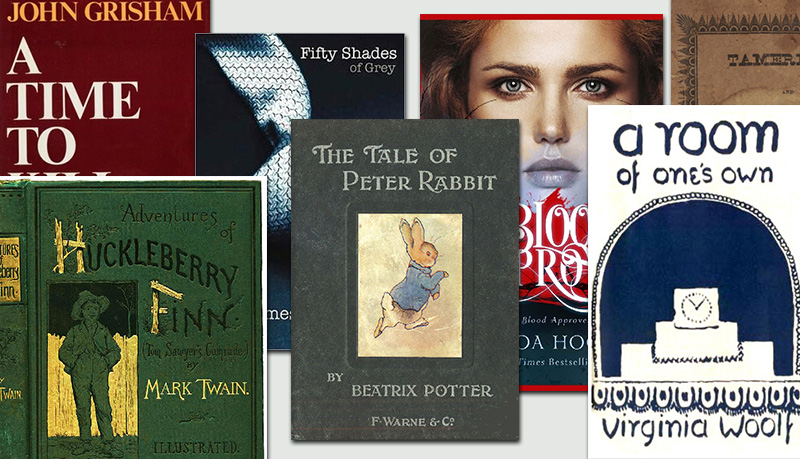
Despite the huge success that thousands of authors have achieved by “going it alone”, in the world of literature, there exists an enduring narrative that often depicts self-publishing as a last resort — a path taken by writers who couldn’t secure traditional publishing deals. However, history has proven this perception to be far from accurate. In fact, some of the most celebrated authors of our time embarked on their literary journeys by self-publishing their debut works. These writers not only defied the odds but also reshaped the landscape of publishing. Let’s delve into the stories of seven remarkable authors who boldly embraced self-publishing to bring their literary visions to life.
Beatrix Potter
Long before Beatrix Potter became synonymous with beloved children’s classics, she faced rejection after rejection from traditional publishers for her manuscript, “The Tale of Peter Rabbit.” Undeterred, Potter took matters into her own hands and self-published the book in 1901, printing 250 copies. Little did she know that this humble beginning would lay the foundation for a literary empire. “The Tale of Peter Rabbit” captured the hearts of readers worldwide, eventually leading to mainstream publication and cementing Potter’s legacy as one of the most celebrated authors in children’s literature. Since the day she made that smart decision to self-publish her book, her works have never been out of print.
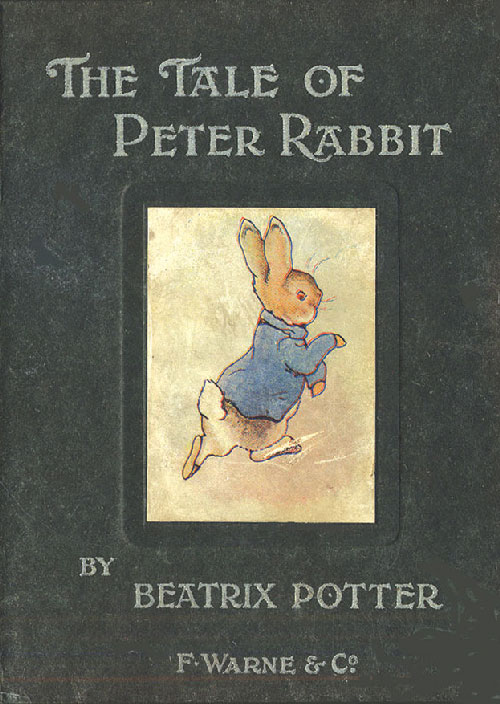
Image from Wikipedia
Edgar Allan Poe
Edgar Allan Poe’s name is synonymous with gothic tales of mystery and macabre, but his journey to literary acclaim was fraught with challenges. Before his renowned works like “The Raven” and “The TellTale Heart,” Poe self-published his debut poetry collection, “Tamerlane and Other Poems,” in 1827. Despite receiving little attention initially, this venture marked the beginning of Poe’s literary career. While he struggled with financial hardship and literary recognition throughout his life, Poe’s self-published collection laid the groundwork for his future masterpieces and secured his place in literary history.
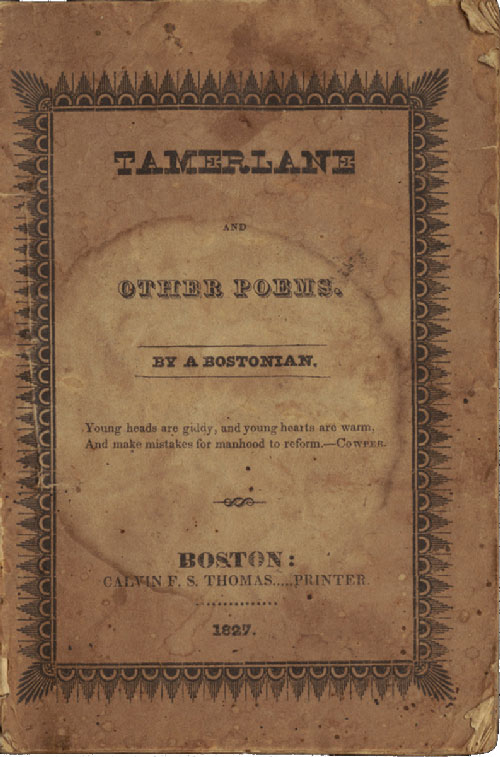
Image from Wikipedia
E. L. James
Erika Leonard, known by her pen name E. L. James, began her literary journey by self-publishing her erotic romance novel, “Fifty Shades of Grey,” as fan fiction on a writing platform. Despite its unconventional origins, the novel garnered a massive online following, prompting James to self-publish it as an e-book in 2011. The book’s explosive popularity soon caught the attention of traditional publishers, leading to a lucrative publishing deal and the birth of a literary phenomenon. James’s journey from self-publishing to international bestseller status serves as a testament to the power of grassroots readership and the democratization of publishing in the digital age. She has since followed up with several further bestsellers in the series and the first book was also made into a blockbuster movie, turning the onetime fan-fiction writer into a millionaire author.

Image from Wikipedia
Mark Twain
Mark Twain, the quintessential American author, faced numerous rejections on his path to literary success. Despite having traditionally published several well-received volumes of work already, nobody seemed to want to publish what would later become his best known work. Frustrated by the traditional publishing industry, Twain took matters into his own hands and self-published “The Adventures of Huckleberry Finn” in 1884. Despite the initial controversy and mixed critical reception, Twain’s novel went on to become one of the greatest works of American literature. Today, “Huck Finn” stands as a timeless classic, revered for its candid depiction of American life and its enduring commentary on race, society, and morality.
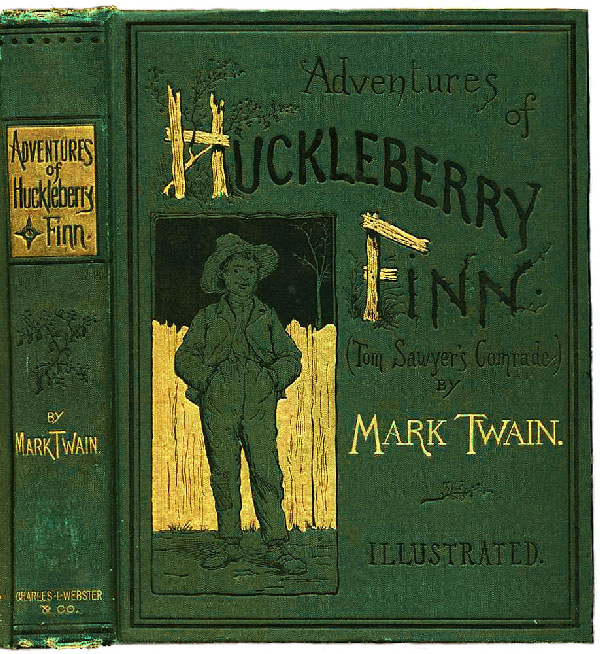
Image from Wikipedia
Amanda Hocking
In the age of digital publishing, Amanda Hocking emerged as a trailblazer, transforming self-publishing into a viable career option for aspiring authors of any age and genre. After several rejections for mainstream publishing houses, and heartily sick of traditional publishing’s gatekeeping practices, Hocking self-published her now world famous paranormal romance novels, achieving unprecedented success. Her savvy use of social media and digital marketing strategies propelled her books to the top of bestseller lists, earning her millions of dollars in sales and a traditional publishing deal. Hocking’s story underscores the transformative power of self-publishing in the digital era and the opportunities it affords authors to bypass traditional barriers to entry.
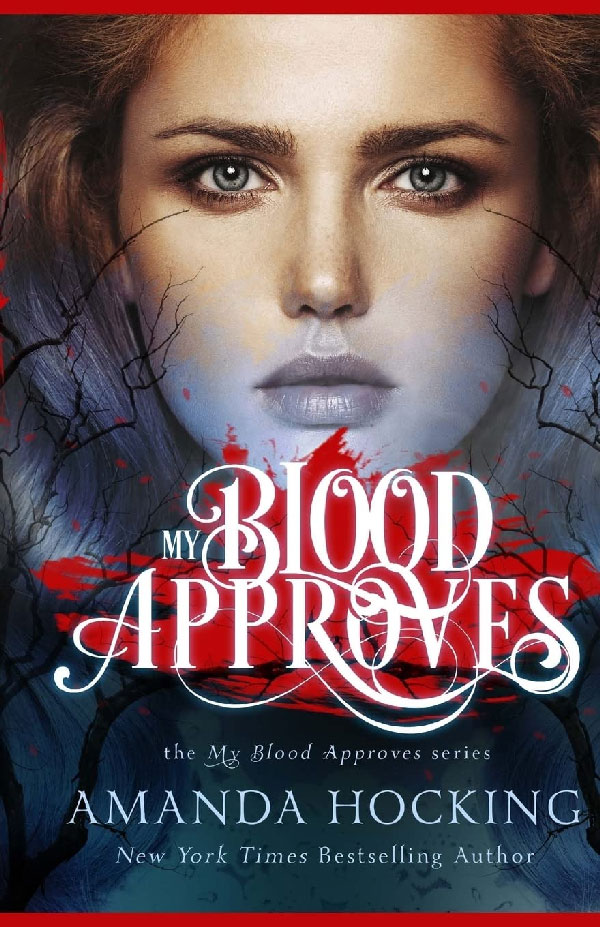
Image from Amazon
Virginia Woolf
Virginia Woolf, renowned for her ground-breaking works of modernist fiction, ventured into self-publishing with her essay “A Room of One’s Own” in 1929. In this seminal work, Woolf explores the challenges faced by women writers and the societal barriers to their creative expression. Despite skepticism from traditional publishers, Woolf self-published the essay under her own imprint, Hogarth Press. “A Room of One’s Own” not only sparked critical discourse on gender and literature, but also laid the groundwork for Woolf’s subsequent literary achievements. Woolf’s foray into self-publishing exemplifies her commitment to artistic independence and her pioneering spirit as a feminist author.
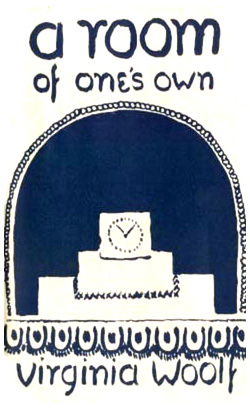
Image from Wikipedia
John Grisham
Before John Grisham became a household name synonymous with legal thrillers, he self-published his first novel with the help of a small local press who put out just 5,000 copies which he had to self himself, one-by-one from the back of his car! The book was the now famous, “A Time to Kill,” released in 1989. Despite initial challenges, “A Time to Kill” gained traction among readers and caught the attention of a major publishing house, leading to a re-release and catapulting Grisham to literary stardom. His success paved the way for a prolific writing career and established him as one of the most successful authors of his generation.
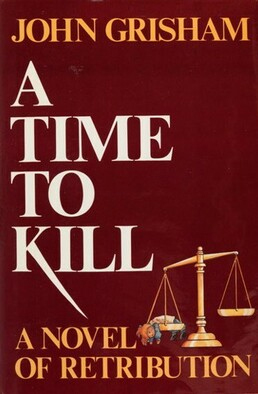
Image from Wikipedia
In conclusion, the stories of these seven famous authors illuminate the diverse paths to literary success and the transformative potential of self-publishing. From Beatrix Potter’s pioneering spirit to John Grisham’s entrepreneurial drive, each author’s journey offers valuable insights into the evolving landscape of publishing and the enduring power of storytelling. Aspiring authors can draw inspiration from these trailblazers and embrace self-publishing as a means to share their voices with the world, defying traditional constraints and forging their own paths to literary acclaim.
If you’re interested in these short biographies, the chances are that you’re a writer — either just setting out on your literary journey or ready to take your first complete work out into the world — and you’re weighing up the pros and cons of self-publishing. While you’ll be wise to consider every aspect of your personal situation, ambitions, skills, and budget before you make that decision, we hope we’ve made it clear to you that it would be a mistake to dismiss self-publishing out of hand. On the contrary, it has become a first-choice option for thousands of successful authors the world over.
Talk to us!
Here at QinPrinting, we work every day with independent creatives and self-publishers, whether they are self-financing or running crowdfunding campaigns, whether printing hardcover and softcover books, comics and graphic novels, tarot cards, art, photography, and cookery books, or developing board games or card games, or any other project with a printed element. We’ve seen many of our clients achieve outstanding success for their creative works and on their own terms.
As one of the world’s best international offset printing companies, we work with mainstream publishers and big corporate concerns, too. But we have a strong ethic of service and our mission is to bring the same high-quality and products and comprehensive customer care to our individual clients as we provide to our “big name” customers. This approach has been the foundation of our global reputation, not only for excellence but also for inclusivity.
We always say it’s never too soon to talk to your printer. Whether you’re already gearing up to print your self-published project or just researching your options, get in touch. Our friendly in-house experts will be delighted to hear about your project, explain how we can help you, and, when you’re ready, give you a no-obligation quote. Talk to us. We’re here to help. And we can’t wait to help you maximize your chances of being our next success story!






